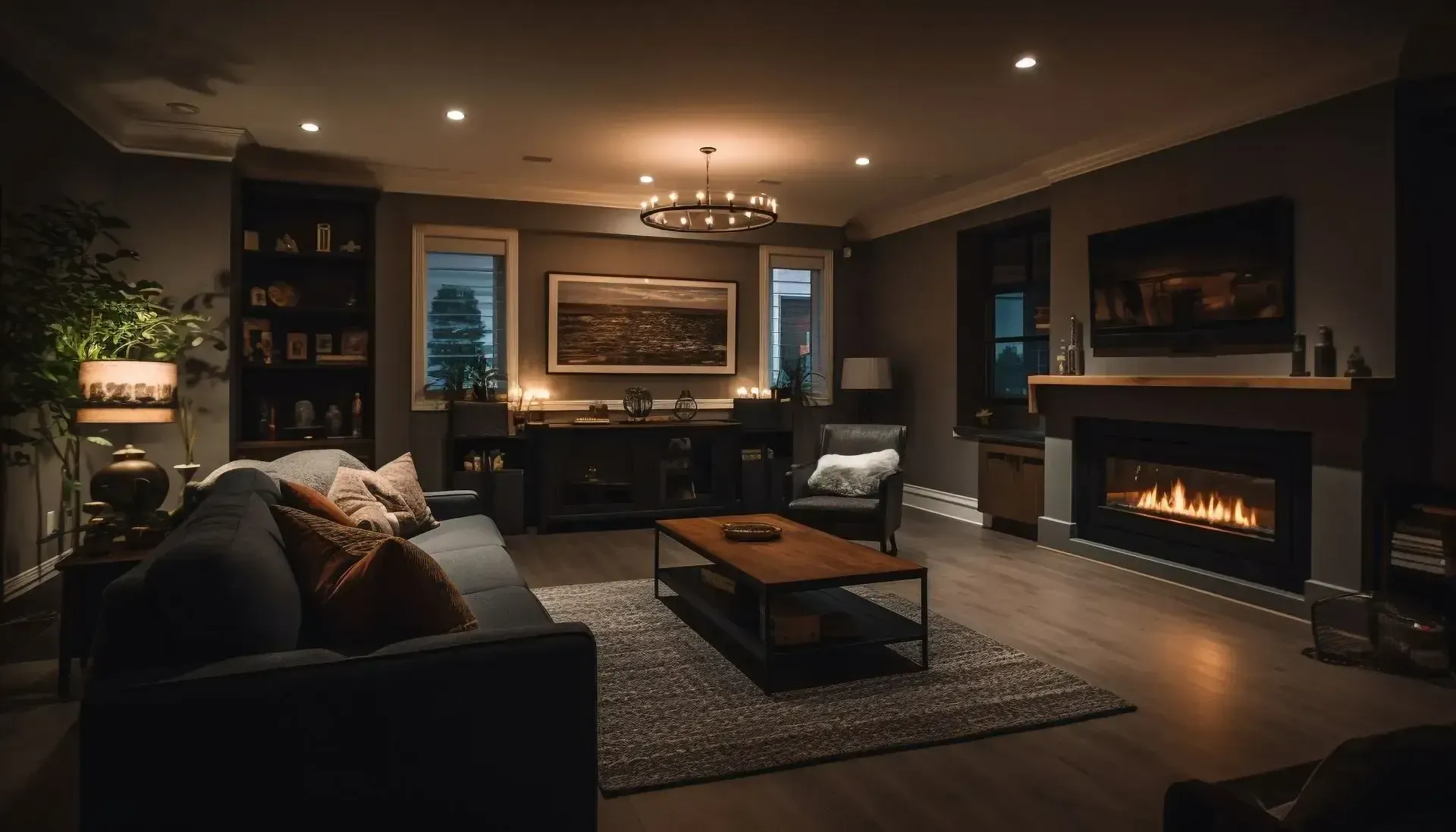The Art of Layered Lighting in Renovation Design
Lighting is one of the most versatile tools in renovation design, with the potential to elevate any space from ordinary to extraordinary. At Jensen Pro Construction, we've seen firsthand how thoughtfully planned lighting can redefine the character, mood, and functionality of both residential and commercial interiors. Among the most powerful approaches is layered lighting, an artful method that combines ambient, task, and accent lighting to create balanced, flexible, and visually engaging spaces.
Why Layered Lighting Matters in Modern Renovations
Layered lighting is more than just a design trend—it’s a foundational principle that addresses both practical and aesthetic needs. The days of relying solely on a single ceiling fixture are long gone. Today’s homeowners and businesses expect lighting that adapts to a variety of uses and enhances architectural features.
Effective lighting design can improve productivity in workplaces significantly, while also boosting comfort and well-being at home. For renovation projects, integrating layered lighting early in the design phase ensures every corner of a space is both functional and inviting.
Understanding the Three Layers of Lighting
Ambient Lighting: Setting the Foundation
Ambient lighting, often referred to as general lighting, provides the primary source of illumination in a room. Its purpose is to create a comfortable level of brightness without glare, allowing individuals to move around safely and easily. In renovated spaces, ambient lighting can come from ceiling-mounted fixtures, recessed lighting, or large windows that maximize natural daylight.
Task Lighting: Precision with Purpose
Task lighting is all about functionality—providing focused light for specific activities such as reading, cooking, or working at a desk. This layer is crucial in areas where precision is needed, like kitchen countertops, bathroom vanities, or office workstations.
Strategically placed pendant lights above a kitchen island or under-cabinet lighting can dramatically improve visibility and reduce eye strain. Task lighting can also be more energy-efficient, targeting brightness only where it’s needed most.
Accent Lighting: Highlighting Design Features
Accent lighting is the finishing touch that brings depth and dimension to a space. It draws attention to architectural details, artwork, or decorative objects, adding visual interest and sophistication. Techniques such as wall sconces, track lighting, or LED strips can be used to highlight textured walls, display shelves, or unique structural elements.
In commercial renovations, accent lighting can be employed to guide customers through a retail environment or create a memorable first impression in a lobby. Residential projects often use this layer to add drama and focus to living rooms or entryways, as seen in our gallery of completed renovations.
The Strategic Blend: Achieving Balance and Flexibility
The true art of layered lighting lies in achieving harmony among the three layers. Each element should complement, not compete with, the others. This strategic blend allows for adaptability—homeowners can tailor the lighting to suit a cozy movie night or a lively dinner party, while businesses can adjust their environment for different times of day or customer experiences.
Smart lighting systems and dimmer switches have revolutionized this flexibility, making it easier than ever to control the mood and energy efficiency of a renovated space. Integrating these technologies during renovation ensures seamless operation and long-term value.
Designing for Different Spaces: Residential and Commercial Insights
Residential Renovations
In homes, layered lighting is essential for creating warm, welcoming environments. Living rooms benefit from a mix of recessed ambient lighting, reading lamps for task lighting, and accent lights that highlight shelves or artwork. Bedrooms often combine soft overhead lights with bedside reading lamps and decorative sconces, fostering both relaxation and utility.
Bathrooms are another area where layered lighting shines. A well-designed bathroom might feature a ceiling fixture for general illumination, vanity lights for grooming, and accent lights to highlight architectural details or niches.
Commercial Renovations
In commercial settings, layered lighting can enhance productivity, safety, and customer experience. Offices typically require bright ambient lighting to minimize eye strain, supplemented by task lighting at individual workstations and accent lighting in common areas or conference rooms.
Retail spaces benefit from spotlighting that draws attention to displays and merchandise, while restaurants use layered lighting to create intimate, inviting atmospheres that encourage guests to linger.
The Renovation Advantage: Why Professional Lighting Design Matters
Renovating a space is the perfect opportunity to rethink lighting from the ground up. Working with a professional contractor like Jensen Pro Construction ensures that lighting is not just an afterthought, but an integral part of the design process. Our experienced team considers ceiling heights, wall colors, fixture placement, and energy efficiency to create a cohesive and stunning result.
Properly installed and planned lighting can also increase property value, and well-lit homes and commercial spaces are more attractive to buyers and tenants alike.
Bringing Your Renovation Vision to Light
Whether you’re updating a kitchen, revamping an office, or transforming an entire building, layered lighting has the power to redefine your space. At Jensen Pro Construction, we’re passionate about helping clients achieve their vision with expert design, quality materials, and meticulous craftsmanship.
For more inspiration on how lighting can transform your next renovation, visit our services page or contact us for a personalized consultation. Let’s work together to bring your renovation dreams to light—one layer at a time.











